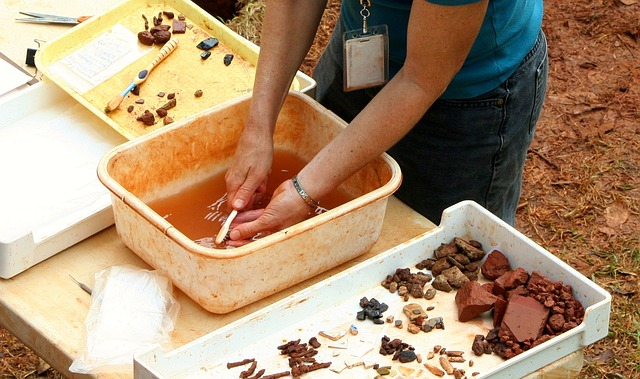A team of excavators discovered a monument in northwestern Turkey which is believed to be an almost 8,000-year-old structure. An archaeologist and the head of the research team Burcin Erdogu from Trakya University revealed that the research indicates that the monument dates back to around 6,000 BC.
It should be noted that earlier while conducting an excavation in the Ugurlu-Zeytinlik mound in the northwestern province of Canakkale's Gokceada district, archaeologists found a 7,000-year-old structure complex along with several skeletons.
But after the recent discovery, Erdogu claimed that the finding will help the researchers to dig deeper into the ancient history of Gokceada, which is the largest island of Turkey and the seat of Gökçeada District of Çanakkale Province.

The design and use of the ancient structure
As reported by Anadolu Agency, the archaeologist said, "This structure is an important discovery both for the Aegean islands and western Anatolia," adding that the T-shaped monument is an obelisk – a tall, four-sided, narrow tapering monument which ends in a pyramid-like shape at the top.
It was also revealed that this ancient monument is made of two pieces and interconnected by seven-meter-long walls which reminds the standing stones in another archaeological site called Gobeklitepe, located in Turkey's southeastern Sanliurfa region.
It was mentioned by the lead archaeologist Erdogu that public structures, such as temples, were disappearing through the near East. She added that the structure could be a part of the areas which was used by the local inhabitants who used to come together to perform religious activities or rituals.









